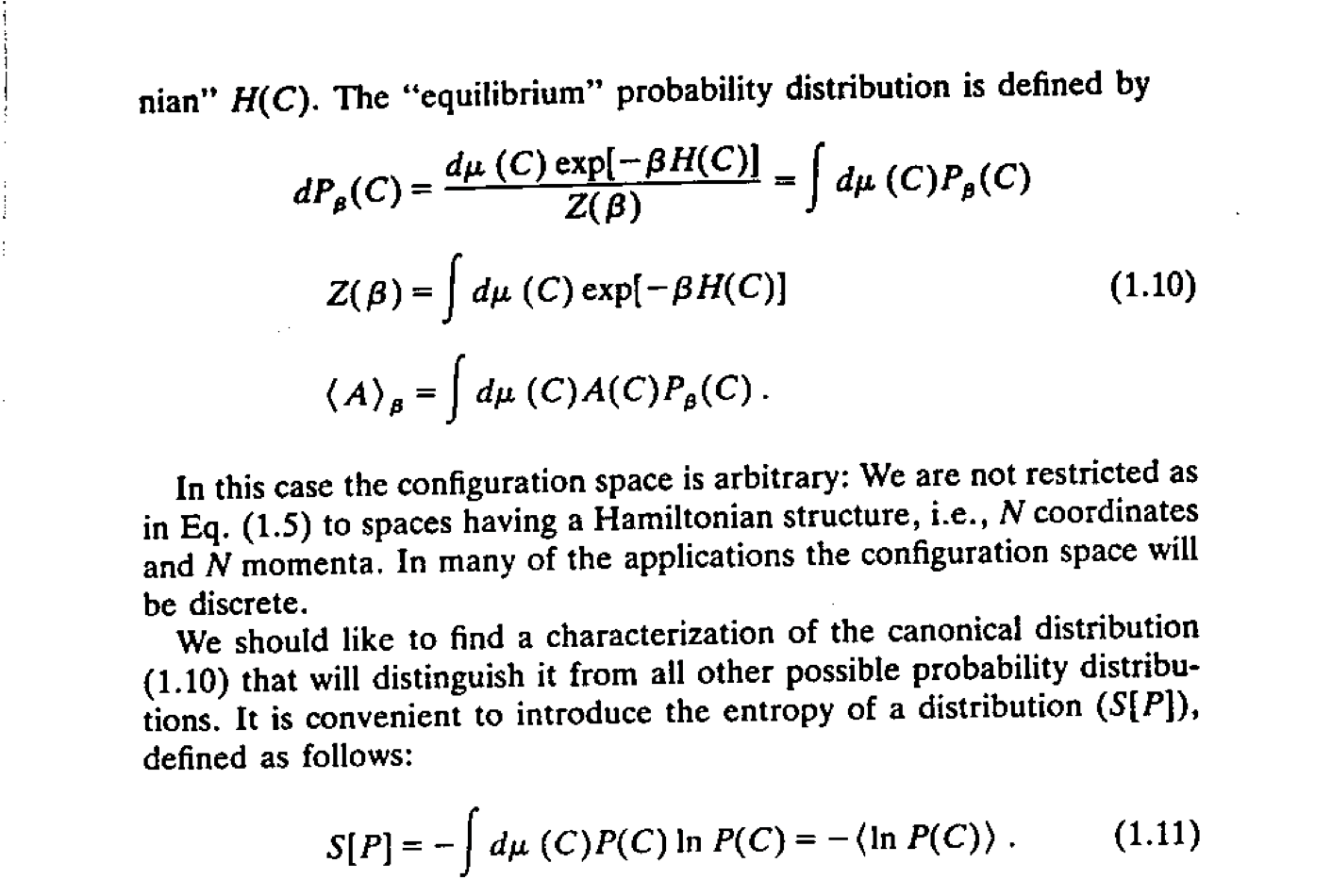Navigating complex systems: the “Parisi theory”

Finding a point of orientation in the chaos: that’s what we do at DuneD with our Data products that bring order and extract knowledge from your Big data. Research on complexity is at the root of modern physics and has always been the center of the work of Giorgio Parisi, the Italian scientist Nobel Prize in Physics 2021. In November Parisi published the book “In un volo di storni” (Rizzoli)”, which retraces the stages of his research, from the pioneering studies on particles to the interest in phenomena such as state transformations, “spin glasses” and the flight of starlings, up to reflections on the meaning of science in our society.
In his scientific career, Giorgio Parisi, now a professor at La Sapienza University of Rome, has made decisive and widely recognized contributions in various fields of physics: particle physics, statistical mechanics, fluid dynamics, condensed matter and supercomputers; he has written articles on neural networks, the immune system and the movement of animal groups. He received the Nobel Prize for his revolutionary contribution to the understanding of complex physical systems and, in particular, for the discovery of the interaction between disorder and fluctuations in physical systems from atomic to planetary scales. Developed in 1979, the “Parisi theory” (but the Roman physicist prefers to call it ” Theory of disordered systems “) had and still continues to have a revolutionary impact affecting all fields of research, from physics to biology to artificial intelligence and machine learning. “Everything we see around us is a complex system, including ourselves,” says Parisi. From brain neurons to organs in our bodies to interactions between people in societies and economies, everything is a multi-layered system with multiple interactions and influences.
The AI Revolution: intersections between technology and geopolitics

Artificial intelligence has the unprecedented power to trigger transformations in society, economies and our professional life. But without legal protections, international supervision and public debate, the use of AI means “walking blindly into a future written by algorithms”, according to Ivana Bartoletti, Global Data Privacy Officer of the multinational Wipro, Co-Founder, Women Leading in AI Network and author of “An Artificial Revolution, on Power, Politics and AI” (Paperback). Earlier this month, Bartoletti (like the physicist Giorgio Parisi) took part in the 16th edition of the Science Festival. If Parisi focuses on the implications for the economy of complex systems, privacy expert Bartoletti deals with the answer that politics and culture should provide to the use of AI. Algorithms should be transparent, explainable and supervised by operators or the risk to give way to discriminations is real. Awareness of the intersections between technology and geopolitics helps shape a better future for human civilization.
Galatea 2.2, artificial intelligence that comes from literature

(Raffaello, The Triumph of Galatea, 1513, Villa Farnesina)
Artificial intelligence can also be a synonym for love and poetry. That’s the case in the novel “Galatea 2.2” (1995) by Richard Powers, an American Pulitzer Prize-winning writer who has always been passionate about physics. The story centers around the encounter between the protagonist, an advanced science researcher, and a cognitive neurologist engaged in modeling the human brain by means of computerized neural networks. Together they will work on the project of educating an artificial intelligence through the great masterpieces of literature. The novel brings together two forms of creativity, those of books and computers, matching the poetry of man and the poetry of the machine.
The metaverse, at the origins of the new Internet foreshadowed by Mark Zuckerberg

The idea behind Meta, the new Facebook brand, can be traced back to “Neuromancer” (1984), a science fiction novel by William Gibson. It is the story of a hacker whose nervous system has been damaged, making it impossible for him to connect to the “matrix”, the global computer network. The protagonist seeks a cure which allows him to access cyberspace again; hence a series of adventures and missions in which he crosses paths with other characters and a lot of artificial intelligence. The author hints at innovations like people aliases, holographic visions and personalities recorded on computer media.
Neuromancer is considered the initiator of the cyberpunk genre, just as Neal Stephenson’s “Snow Crash” (1992) is defined as post-cyberpunk science fiction. Even in this case there are many fantasy scenarios that have turned into reality: at the end of the twentieth century, America is dominated by supercapitalism and streets are crowded with drivers who deliver pizzas on powerful cars and couriers who transport goods surfing in traffic, while the Police, equipped with hitech weapons, is flanked by cyborg security agents. Around all this exists the metaverse, a virtual reality in 3D shared on a worldwide fiber optic Internet, where each person is represented by his or her own avatar.
Do we still need science?
In a year which has strongly confirmed the world’s hyper complexity, between the pandemic, the ongoing climate crisis and new technological dimensions, is science still trustworthy and useful? That is the starting point of Naomi Oreskes’ book “Why trust science?” (Princeton University Press) from which the author builds a passionate defense of scientific knowledge. Oreskes acknowledges that there is no scientific method valid for everything and forever in the history of human civilization and that erroneous theories have always existed. But the social process, that is, the rigorous and plural scrutiny of these theories by a community of assidous thinkers, is what makes science always defensible even when individual scientists or individual ideas are not. Oreskes presents some of the cases in which scientists have been blatantly (and grossly) misled, such as the limited energy theory, according to which women could not pursue studies and higher education without impairing their reproductive functions, or the eugenics, which distorted the Darwinian theory of evolution. But, even when these theories were widely accepted, there was a scientific community that begged to differ its consent and brought to life the ideologies and the interests hiding behind those results. Therefore, we can surely confide in science as a way of proceeding necessarily subjected to scrutiny by a plurality of thinkers – what Oreskes defines as its “social character”.
Food for thought…
- About the 2021 Nobel Prize in Physics Giorgio Parisi, the Ansa press release and the articles on the website of the Swedish Academy and La Sapienza University of Rome.
- Cartoonist Leo Ortolani this year published the graphic novel “Blu tramonto” (Feltrinelli Comics in collaboration with ASI), a journey to discover Mars, full of hilarious but always well documented inventions, thanks to the contribution of the Italian Space Agency. Here is the Sky Tg24 interview.
- Speaking of extra-terrestrial travel: one of the first science fiction authors was Cyrano de Bergerac with ” The Other World: Comical History of the States and Empires of the Moon”(L’autre Monde ou Histoire comique des états et empires de la Lune), published posthumously in 1657. It’s a first-person narration of Cyrano’s attempts to reach the Moon. Its sequel is ” The States and Empires of the Sun“(1662).
Interesting Podcasts…
- Practical AI: useful, practical, accessible to all AI. In this series of podcasts (a new one every Monday) it may be worth starting from the episode dedicated to the trends of 2021 with the contribution of the most recent analysis by the Stanford Institute for Human-Centered Artificial Intelligence (HAI). The episode also discusses the study “Delphi: Towards Machine Ethics and Norms”, which returns to the integration of ethical issues in the global debate on artificial intelligence.
- The AI Podcast: on the blog of Nvidia, the company known for graphics processors, an appointment every two weeks about artificial intelligence, deep learning and machine learning to “explain” the mysteries of a technology which touches numerous areas of human activity.
- All the multimedia materials of the Science Festival 2021, Rome, Auditorium Parco della Musica that saw the participation, among others, of the physicist Parisi.
